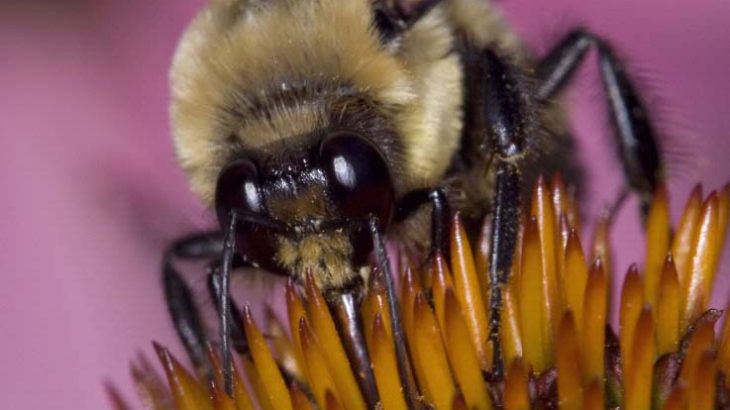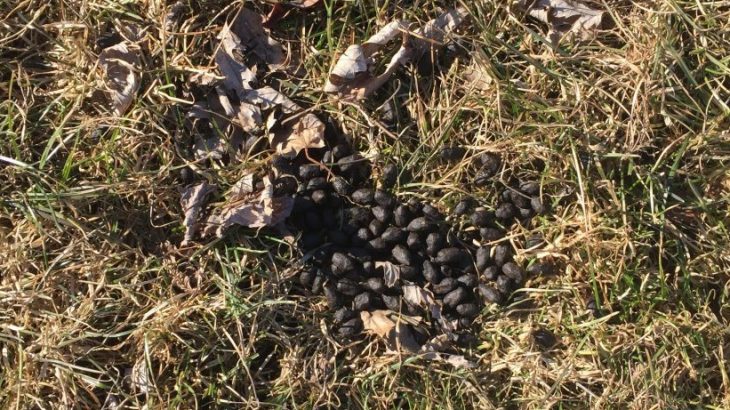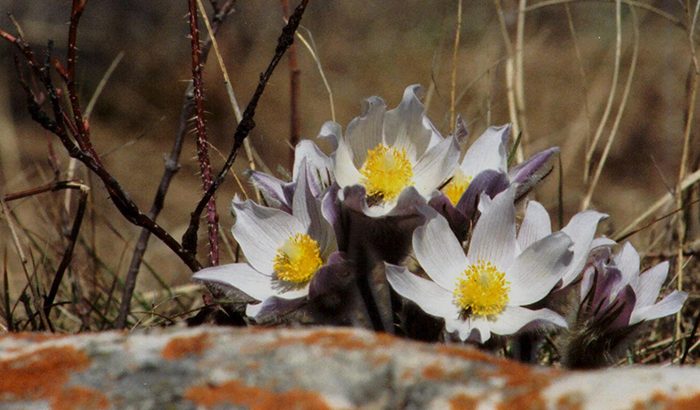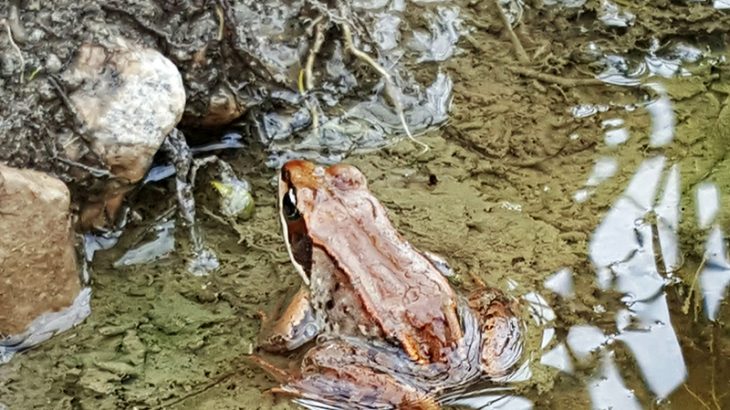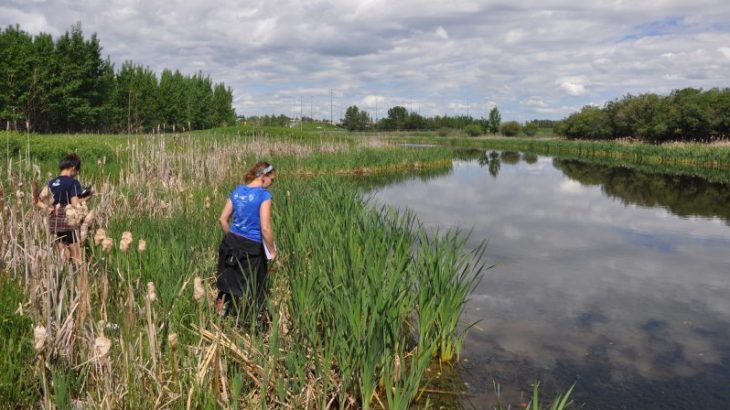
Nicole Kahal, guest contributor Have you ever heard frogs or toads calling in an urban environment? Or spotted a secretive salamander as it makes it way to an urban pond? If you live in Calgary, Alberta, the Miistakis Institute is interested in your observations. With Miistakis’ partners, we’ve designed a citizen science program called Call […]

